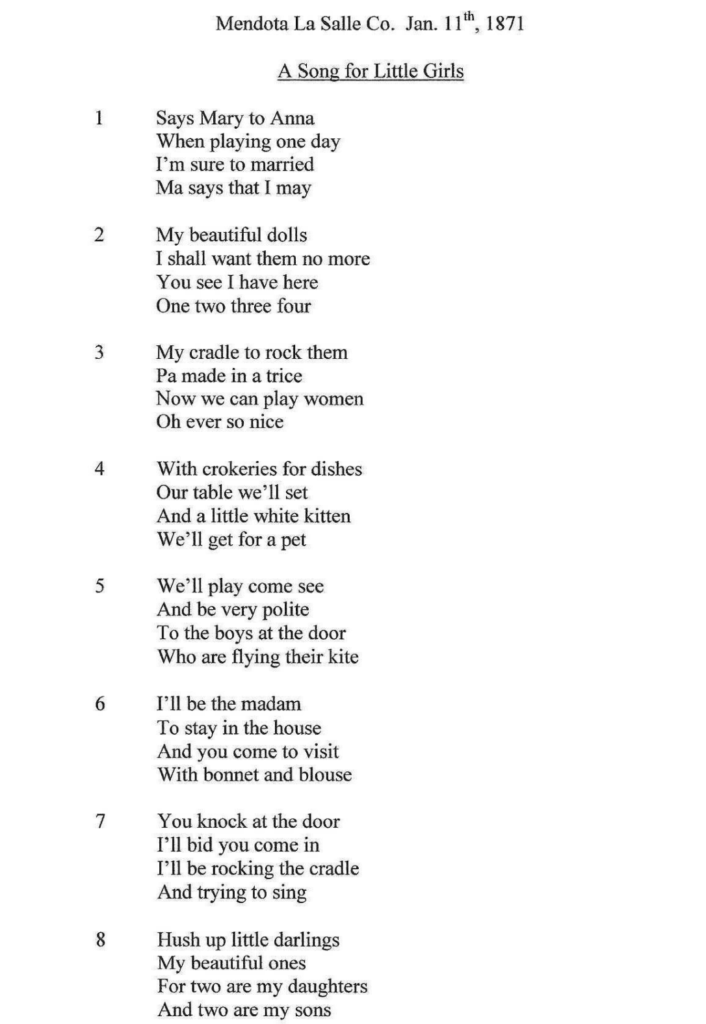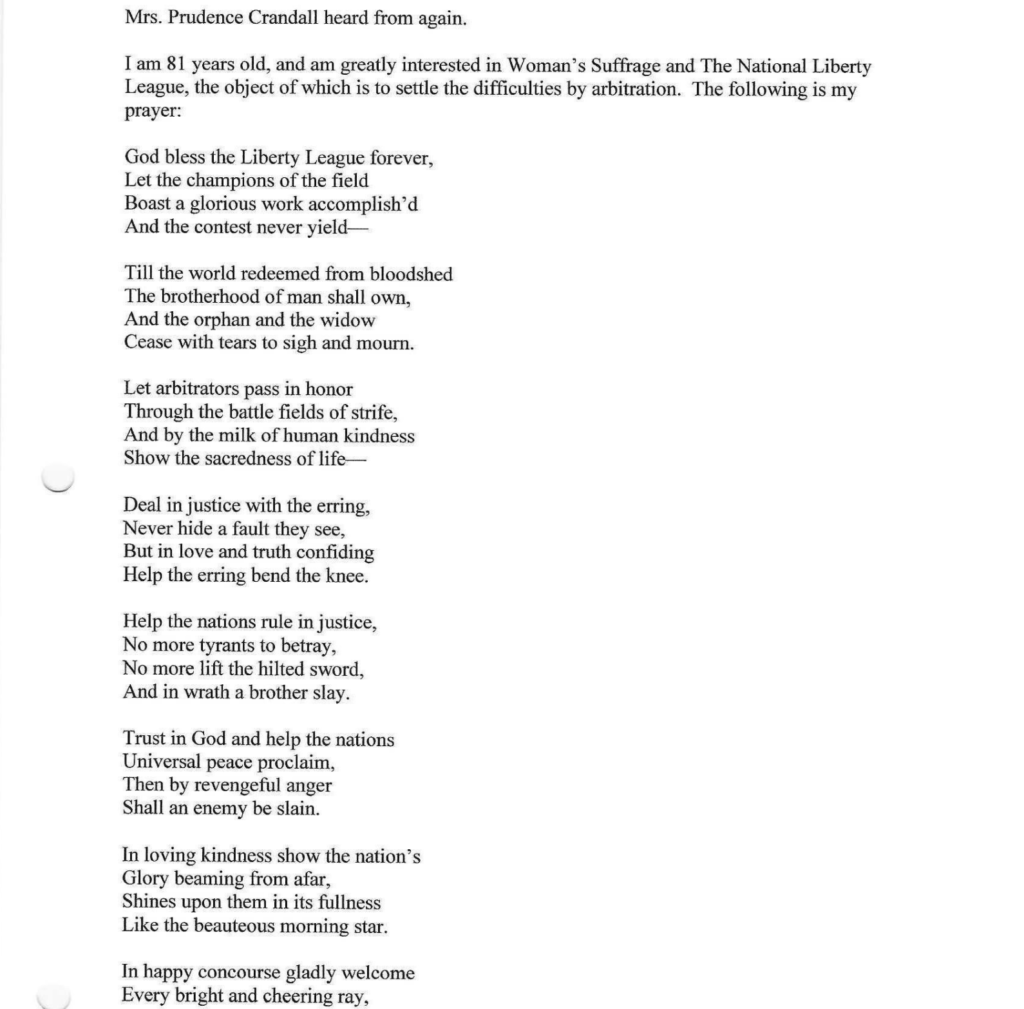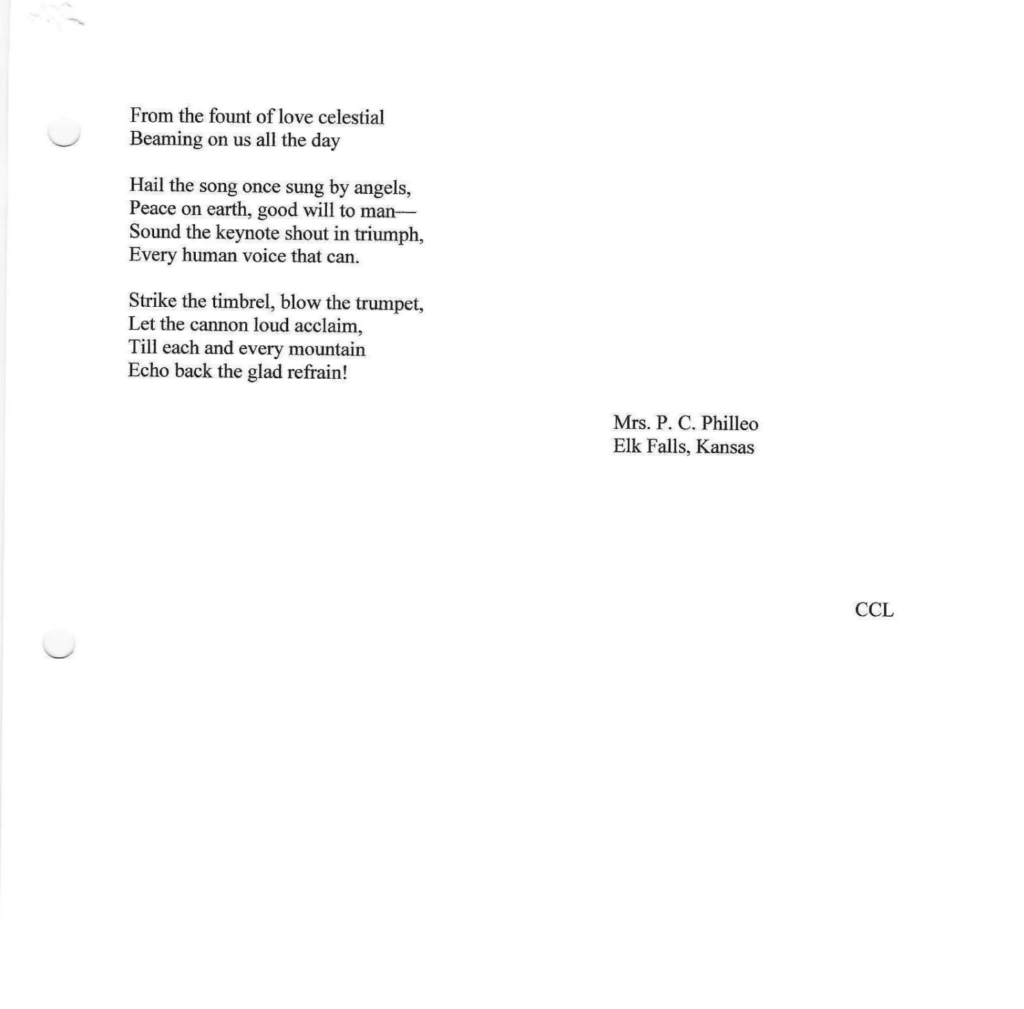Elizabeth Ochoa
While many history books decide to focus on different prominent female figures of this time, this page will focus on Prudence Crandall who was named Connecticut’s State Heroine after her work to provide equal education for Black and Brown young women. Despite the unfortunate closing of her school for Black and Brown girls in Canterbury, Prudence Crandall continued her advocacy for the rights of marginalized individuals. This can be traced through her support of the Women’s Suffrage movement which began in the early nineteenth century and strived to achieve the right for women to vote in the United States. This was an important moment in history because it shows the resilience women needed to go against the stereotypical norms of society in which women were held to a lower degree than men. This was a resilience Crandall had as she continued to speak out on the rights women deserved after leaving Canterbury and is even noted in the History of Woman Suffrage, Vol. III. As the first suffrage society was beginning to form in Illinois during 1855, Prudence Crandall is noted for her engagement in the Women’s Suffrage Movement:
“While that band of pioneers was actively at work, Prudence Crandall, who was mobbed and imprisoned in Connecticut for teaching a school for colored girls, was actively engaged in Mendota, in the same county”[1].
This active engagement on Crandall’s part shows her willingness to work against the dominant system at hand that discourages women from voting. Rather, she continues to pave the way for women to be equal participants in the United States.
This commitment towards equal rights for women can also be seen in a letter written by Prudence Crandall herself as she responds to Ellen Douglas Larned – a notable genealogist and historian. Larned had previously sent Crandall the work she has done in writing the History of Windham County so that she could have Crandall’s input on it. What is important to note in this letter back from Crandall is not only the respect she pays to Larned for taking on such a challenge but also her mention of the Women’s Suffrage Movement:
“Your [sic]undertaking the arduous task of writing the His-to-ry [sic] of Windham County has vastly heightened my estimation of your energetic character. I hope you will be liberally rewarded – I hope you are an advocate for the Women Suffrage Question[2]”
Crandall’s quickness to question Larned’s support of the Women’s Suffrage Movement shows how dependent this movement was on women supporting one another. With the help of Crandall, Larned is not only able to incorporate feedback for her work but is also encouraged to partake in a movement that will reward her. By spreading the word about the Women’s Suffrage Movement, Crandall was able to influence women in the education field to be a part of such a monumental movement which strengthens the general platform of the movement. Women such as Crandall worked to spread the word about supporting the Women’s Suffrage Movement and this evidently emphasizes Crandall’s dedication to bringing this movement to success.
Nonetheless, Crandall’s commitment to the success of the Women’s Suffrage Movement is also noted in some of her own written work. As a matter of fact, there are documents of Crandall’s poetry written years after her time in Canterbury. The theme of Women’s Suffrage surfaces in two of Crandall’s poems: “A Song for Little Girls”[3] and “Mrs. Prudence Crandall Heard From Again”[4]. These poems not only show Crandall’s awareness of issues concerning women’s rights but also show how willing she was to speak out about these stereotypes.
“A Song for Little Girls”

Throughout this poem, it can be inferred that Crandall is shedding light on the common trajectory a woman’s life takes. One in which she grows up with the expectation of marriage and having children to take care of. She talks of her other duties as a woman in which she is to stay in the house handling all of the chores and other responsibilities. While there is no direct critique of this trajectory, the mere fact that she is writing this picture out shows how uncommon is was for women to be independent individuals. They are quick to be associated with motherhood and marriage that soon enough, they replace their dolls for babies.
“Mrs. Prudence Crandall Heard From Again”


At the beginning of this poem, Crandall explicitly states her interest in the Women’s suffrage movement. She opens strong stating:
“I am 81 years old and am greatly interested in Woman’s Suffrage and the National Liberty League, the object of which is to settle the difficulties by arbitration.”
. Further on throughout this poem, Crandall speaks on living in a more peaceful world rid of “bloodshed” and “tyrants.” This ideal world that Crandall speaks of is one in which women are now allowed to participate as active members of society. Crandall states, “Sound the keynote shout in triumph/ every human voice that can”: within this stanza, it can be inferred that Crandall is hoping for the success of the Women’s Suffrage Movement where anyone, regardless of gender, can now speak their minds, and in this case, vote.
Nonetheless, on this page, Prudence Crandall’s fight for justice concerning African Americans and women in general becomes evident. With her decision to teach young Black and Brown women, she was able to defy a town and state to provide equal education. Prudence Crandall is an exemplary figure in the women’s rights movement. These poems and other traces of her work after leaving Canterbury show her resilience in attaining equality and her strides toward creating a better world than the one in which she was raised.
[1] Anthony, Susan B. History of Woman Suffrage. New York: Charles Mann Printing Co, 1886.
[2] Prudence Crandall letter to Ellen Douglas Larned, Mendota, IL, March 7, 1870. Prudence Crandall
Museum.
[3] Crandall, Prudence. “A Song for Little Girls”. Mendota La Salle Co, January 11, 1871.
[4] Crandall, Prudence. “Mrs. Prudence Crandall Heard from Again”. Elk Falls, Kansas, 1844.